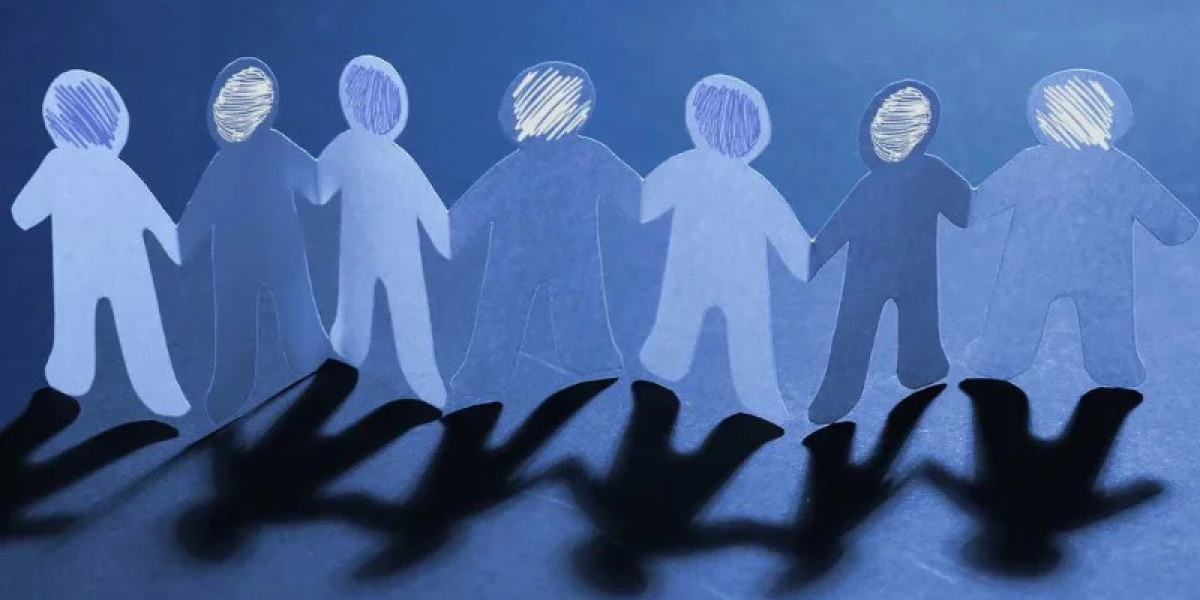Introduction
Depression is a complex and pervasive mental health condition that affects millions of people worldwide. It's a mood disorder that can have a profound impact on an individual's thoughts, emotions, and daily life. While depression is often used as an umbrella term, there are actually several distinct types of depression, each with its own set of symptoms and characteristics. In this blog, we'll explore the four primary types of depression: Major Depressive Disorder (MDD), Persistent Depressive Disorder (PDD), Bipolar Disorder, and Seasonal Affective Disorder (SAD). Understanding these different types is essential for proper diagnosis and effective treatment.
1. Major Depressive Disorder (MDD):
Major Depressive Disorder, often referred to simply as "depression," is the most well-known and commonly diagnosed form of depression. It's characterized by a persistent and pervasive low mood that lasts for at least two weeks. People with MDD experience a range of symptoms that can significantly impact their daily life and functioning.
Common symptoms of MDD include:
Persistent sadness or a low mood
Loss of interest or pleasure in previously enjoyed activities (anhedonia)
Changes in appetite or weight
Sleep disturbances (insomnia or excessive sleep)
Fatigue or loss of energy
Feelings of worthlessness or excessive guilt
Difficulty concentrating or making decisions
Thoughts of death or suicide
MDD can vary in severity, with some individuals experiencing only a few symptoms while others have multiple symptoms that are severe enough to disrupt their daily life. The exact cause of MDD is complex and often involves a combination of genetic, environmental, and psychological factors.
2. Persistent Depressive Disorder (PDD):
Persistent Depressive Disorder, also known as dysthymia, is a form of depression that is characterized by long-lasting, chronic symptoms. Unlike MDD, which typically lasts for a defined period of time, PDD persists for at least two years in adults and one year in children and adolescents. While the symptoms of PDD may not be as severe as those of MDD, they are more persistent and can lead to a more insidious impact on a person's life.
Common symptoms of PDD include:
Low energy or fatigue
Poor appetite or overeating
Sleep disturbances (insomnia or hypersomnia)
Low self-esteem
Difficulty making decisions or concentrating
Feelings of hopelessness
It's important to note that individuals with PDD may experience periods of more severe depression, known as "double depression," where their symptoms worsen temporarily. The exact cause of PDD is not fully understood but is believed to involve a combination of genetic and environmental factors.
3. Bipolar Disorder:
Bipolar Disorder, formerly known as manic depression, is a mood disorder characterized by episodes of extreme mood swings. These mood swings typically alternate between depressive episodes and manic or hypomanic episodes. While depression is one aspect of Bipolar Disorder, it's important to distinguish it from other forms of depression because treatment approaches may differ.
Key features of Bipolar Disorder:
Depressive Episodes: These are similar to the symptoms of MDD and include persistent sadness, low energy, changes in appetite and sleep, and thoughts of death or suicide.
Manic Episodes: During manic episodes, individuals experience an elevated or irritable mood, increased energy, impulsivity, and a decreased need for sleep. Manic episodes can be so severe that they lead to reckless behaviors or delusions.
Hypomanic Episodes: Hypomania is a less severe form of mania, characterized by similar symptoms but to a lesser degree. Hypomanic episodes are less likely to disrupt a person's daily life than full manic episodes.
Bipolar Disorder can vary in its presentation, with some individuals experiencing rapid cycling between mood states, while others have long periods of stability between episodes. The exact cause of Bipolar Disorder is not fully understood, but genetics and brain chemistry are believed to play a significant role.
4. Seasonal Affective Disorder (SAD):
Seasonal Affective Disorder, often abbreviated as SAD, is a unique form of depression that is linked to the changing seasons, most commonly occurring in the fall and winter months when there is less natural sunlight. SAD is believed to be related to the disruption of the body's internal clock and its impact on mood-regulating chemicals in the brain, such as serotonin.
Key features of Seasonal Affective Disorder:
Seasonal pattern: Symptoms of SAD typically recur at the same time each year, usually in the fall and winter, and improve in the spring and summer.
Depressive symptoms: SAD shares many of the same symptoms as MDD, including low mood, loss of interest, fatigue, changes in appetite and sleep, and feelings of hopelessness.
Craving for carbohydrates: Many individuals with SAD experience increased cravings for carbohydrates, which can lead to weight gain.
Treatment for SAD often involves light therapy, where individuals are exposed to bright artificial light that mimics natural sunlight. Lifestyle changes, such as regular exercise and maintaining a healthy diet, can also help alleviate symptoms.
Conclusion
In conclusion, depression is not a one-size-fits-all condition. There are several distinct types of depression, each with its own set of symptoms, duration, and triggers. Recognizing these different types is crucial for accurate diagnosis and tailored treatment plans. If you or someone you know is struggling with depression, it's essential to seek help from a mental health professional who can provide a thorough assessment and guide you toward the most appropriate treatment options. Depression is a treatable condition, and with the right support, individuals can find relief and regain control over their lives.








